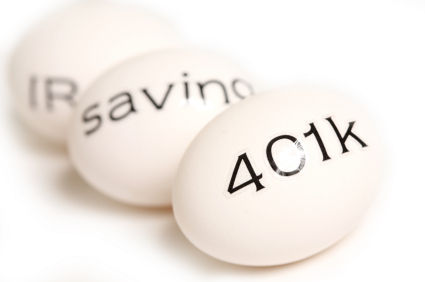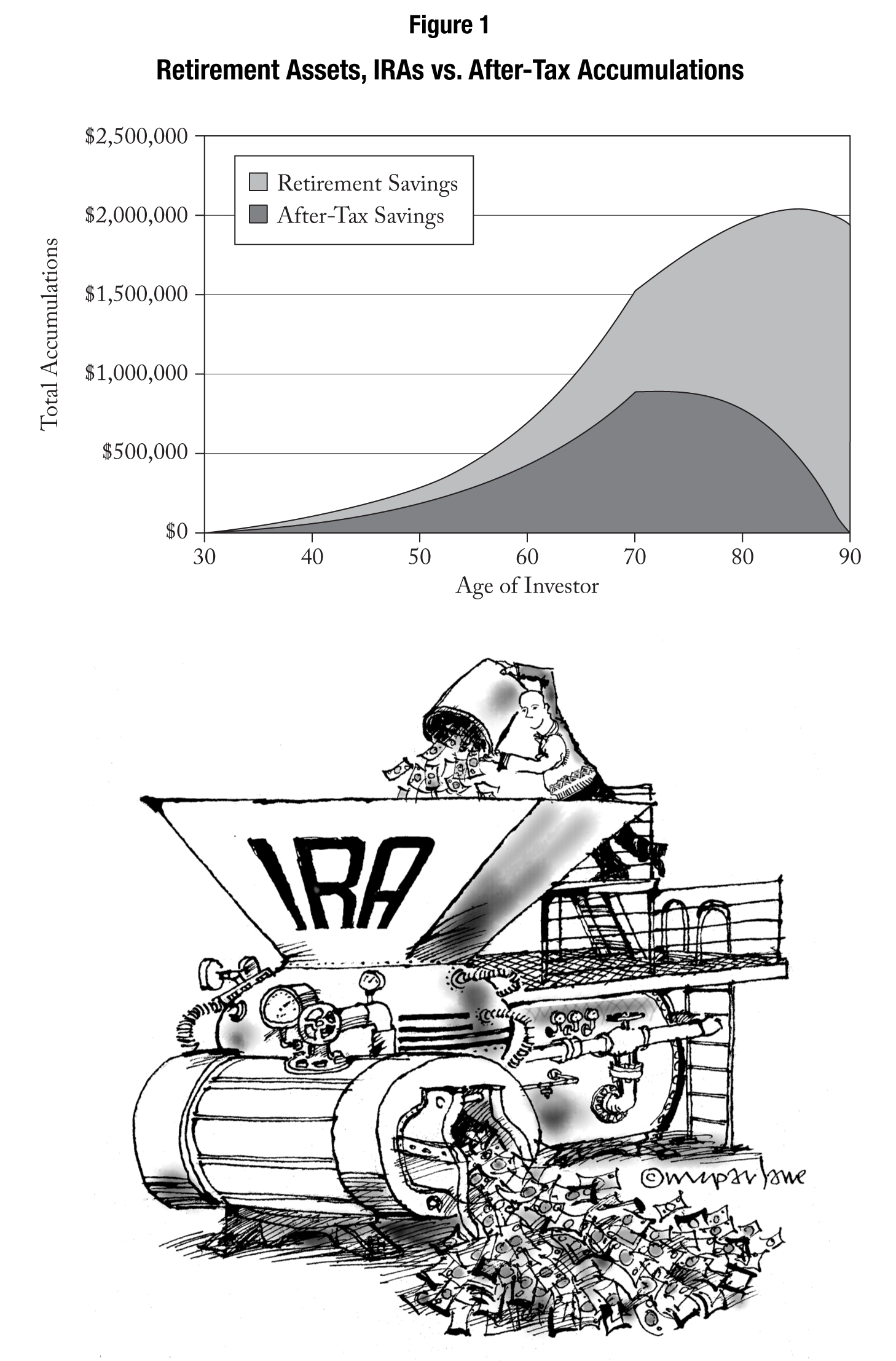In 2013, the maximum 401(k) contribution is $17,500 (plus a $5,500 catch-up contribution for those 50 or older by the end of the year). If you are self-employed, you have other retirement savings options. We will review these alternatives with you when you come in for your appointment. One of my favorites for many one person self- employed businesses is the one person 401(k) plan.
In light of the new increased tax rates effective in 2013, plus the addition of the new Medicare surtax on Net Investment Income, higher income taxpayers may want to consider switching from Roth 403(b) and Roth 401(k) elective deferral contributions back to tax deductible contributions. The current savings may outweigh the benefits of tax-free growth on the Roth accounts. As mentioned earlier, the focus moving forward for higher income taxpayers is toward reducing adjusted gross income.
You can also contribute to an IRA for 2013 up through April 15, 2014. The maximum is $5,500 with a catch-up (for taxpayers 50 or older) provision of $1,000.
– Excerpt from Jim Lange’s 2013 Year-End Tax Report



